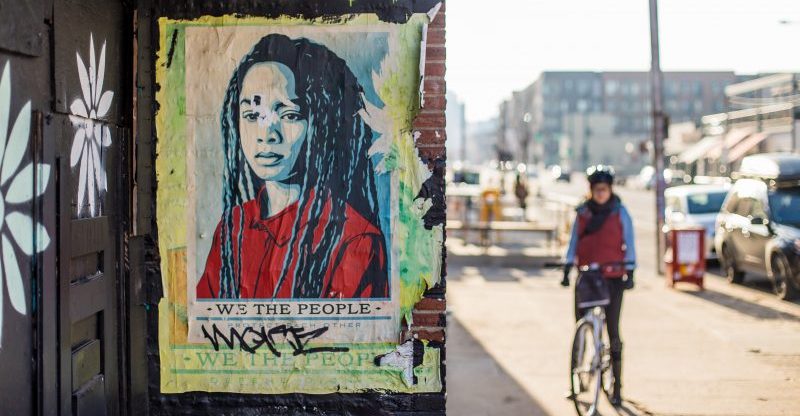The devastating police and institutional violence against Black people, the sharp rise of xenophobic hate crimes against Asian people, the disproportionate impacts of COVID-19 on Black, Latino, Native American, low-income, uninsured, unhoused and chronically ill people – these inequities did not form overnight. It took years for fractures like these to take shape and even longer to reckon with the necessity for and possibilities of change.
State and local governments have tremendous influence over how these inequities can be addressed and eliminated. Because they are direct service providers and authorities for their residents, they hold immense power to improve communities. However, it can be challenging to figure out how government can avoid doing more harm than good, and actually do good.
Complex problems such as anti-Black police violence and COVID-19 are tricky behemoths. They can’t be chopped into bite-size pieces and dealt with individually. The fractures of racism, classism and sexism find their way into all corners of life, from the intersection of 38th Street and Chicago Avenue in Minneapolis, Minnesota, to hiring offices nationwide, so that even actions taken in good, but narrow, intent can backfire.
“There are a lot of folks who love equity as a concept, but knowing how to actually do equity work is where the challenge comes in,” said Sarah Hernandez, Deputy Director of the Office of Health Equity at Colorado’s Department of Public Health and Environment.
In other words, the challenge lies in figuring out how agencies can operationalize equity, particularly when it doesn’t take much to keep existing inequities in place.
COURSE OF ACTION: Partner With Communities, and Keep Partnering
Making equity the noun into equity the verb, as Hernandez put it, begins with building authentic community partnerships.
“Unless you’re intentionally partnering with community leaders, and specifically leaders from those communities who are facing inequity, you’re not doing equity work,” Hernandez said.
Without intentional community involvement, agencies can come up with solutions, policies and practices that at best, may not have much impact on marginalized communities, but at worst, cause more harm.
Agencies can avoid this by making the communities’ voices essential when implementing equity work.
What it looks like: The Colorado Equity Alliance is a coalition of state agency representatives and community leaders that aims to “make sure [equity] is woven into the fabric of state governance.” The group formed in late 2018 after the Office of Health Equity received widespread requests for guidance in incorporating equity work at various state agencies.
- A core part of the Alliance is the collaboration between the community and state government. Community organizations are not sidelined in strategic decision-making but decision-makers for how state agencies operationalize equity. Leaders from organizations such as Groundwork Denver, the Latino Community Foundation and the Transformative Freedom Fund sit in the governing body as council members who set the strategic direction of the entire Alliance.
- The Alliance fills an infrastructure gap around equity in state government. Namely, it produces concrete and common tools that can be used throughout state government, such as guides on hiring and retention.
- The latest project the Alliance catalyzed was the governor’s August 2020 executive order prioritizing equity, diversity and inclusion in the state workforce. It laid out immediate actions and a plan to establish a long-term, statewide strategy.
To note: Partnering for the long haul is key. To change the narrative that government is extractive, agencies must bolster community power and then keep showing support for the long term. It can’t be a transactional relationship, Hernandez said.
This article is an excerpt from GovLoop’s latest guide, “Resilience Lessons From State and Local Government.” Download the full guide here.
Photo credit: Dayne Topkin on Unsplash





Leave a Reply
You must be logged in to post a comment.